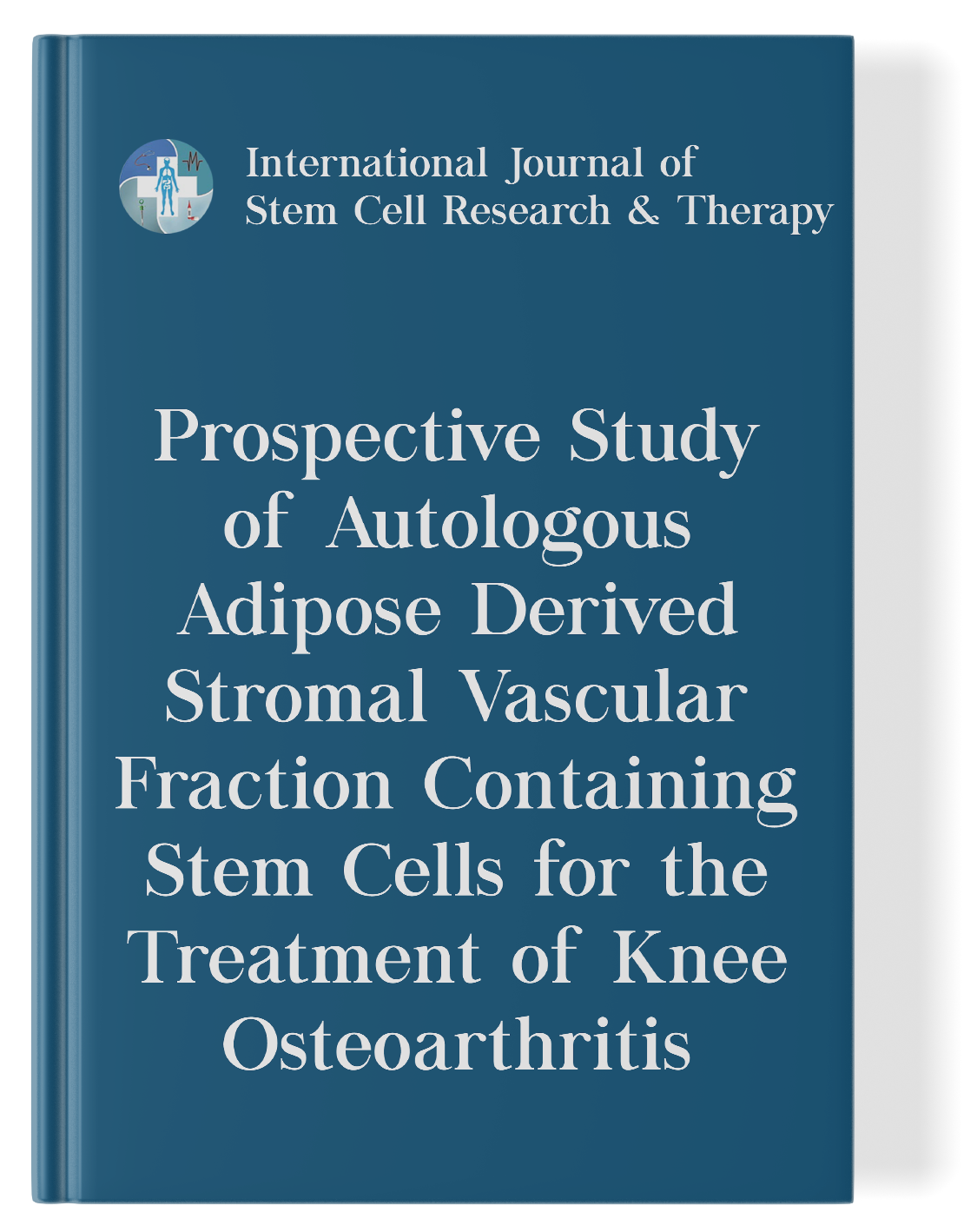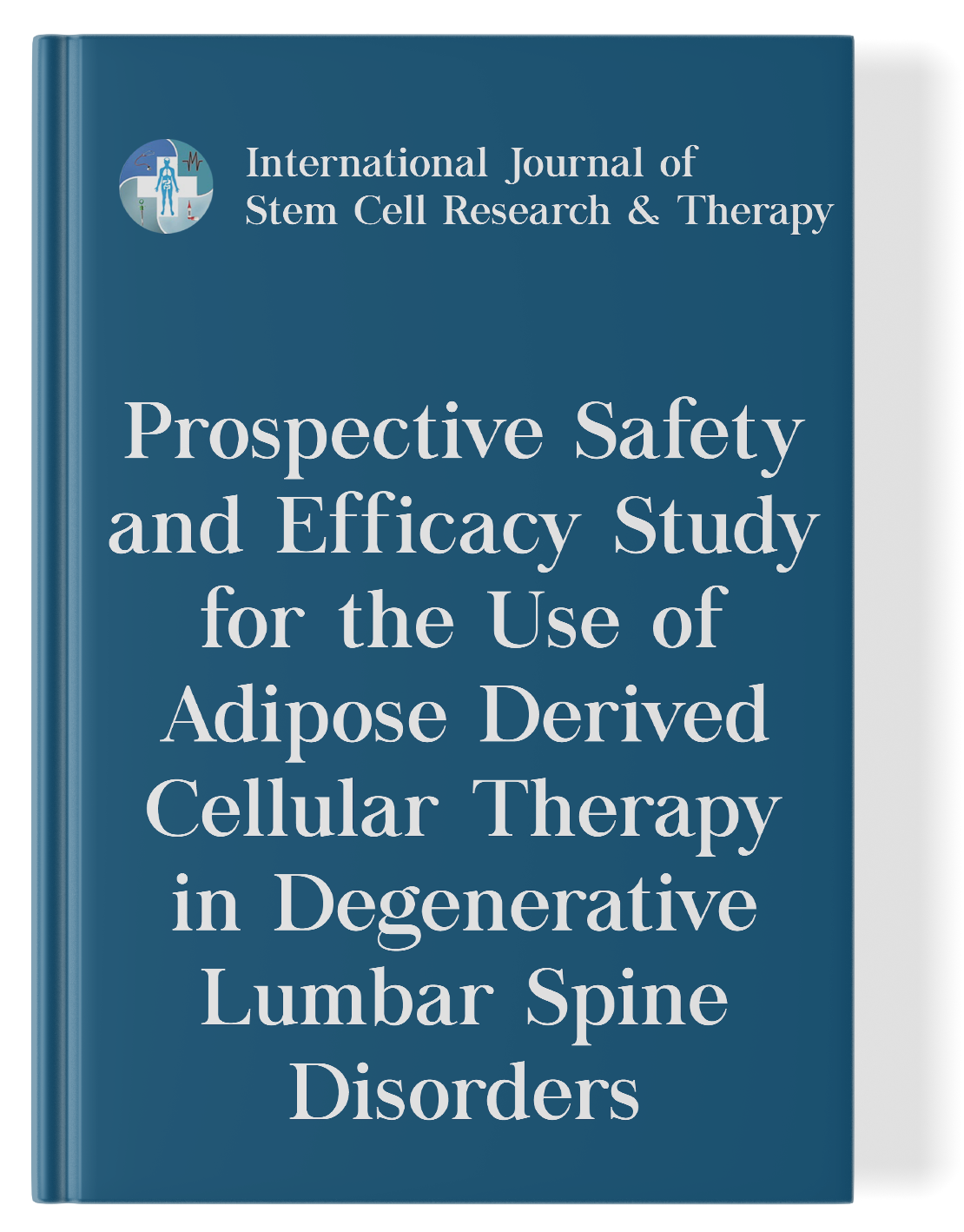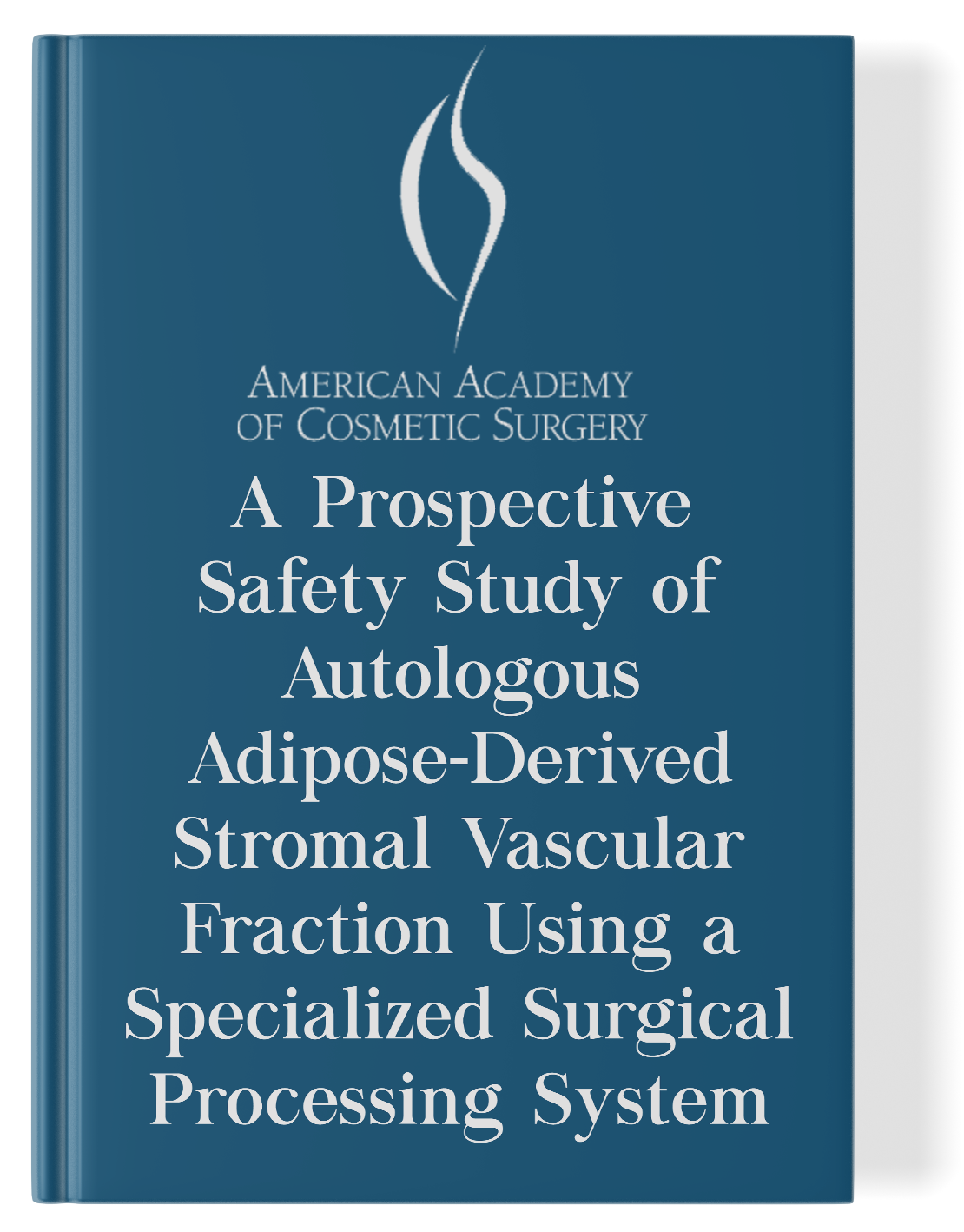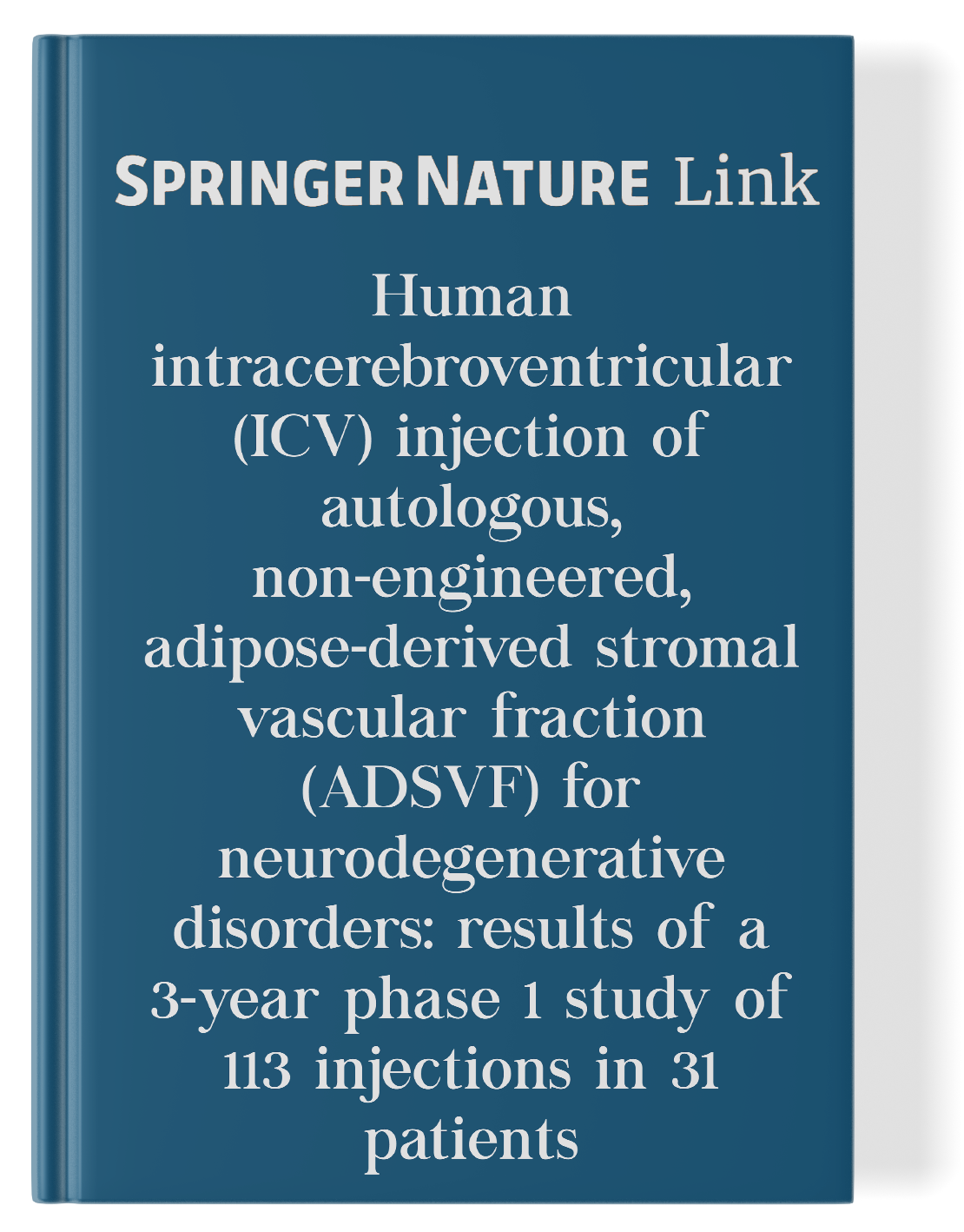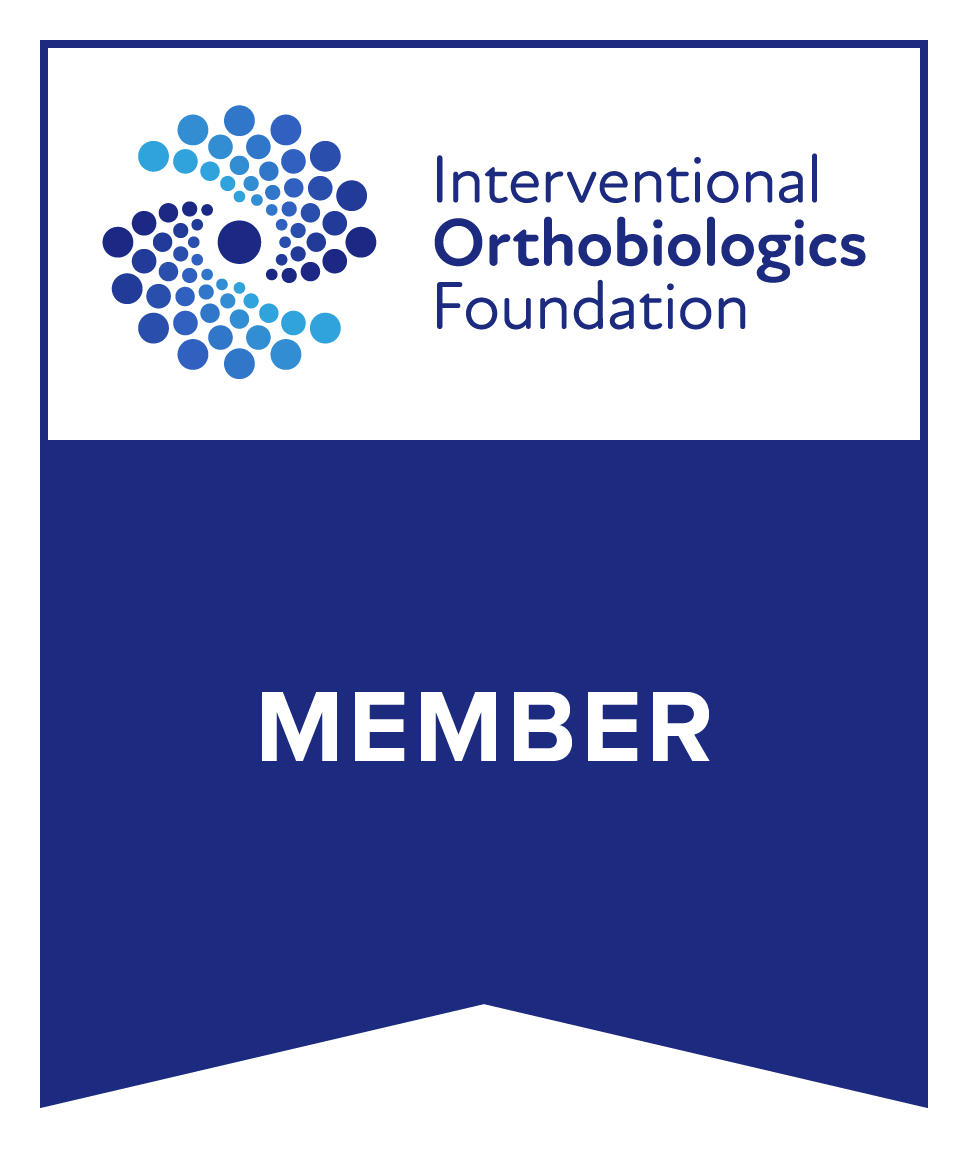What is SVF Therapy?
SVF therapy is a form of autologous regenerative cell therapy. It involves collecting a small portion of a patient’s fat tissue and isolating the naturally occurring components within it—such as mesenchymal stromal cells (MSCs), growth factors, and regulatory cells—which may support orthopedic health. SVF is minimally manipulated and used for homologous purposes, in accordance with FDA regulations.
The Technology Behind the Treatment
We offer this cutting-edge procedure through our sister company, Avastar®.
The treatment is made possible thanks to the Avastar® Time Machine powered by CellMark 360, which utilizes stromal vascular fraction (SVF) technology to support healing and restoration.
Avastar® Time Machine powered by

How It Works: From Harvest to Healing
The process involves four key steps:
Note: The procedure is performed on the same day and uses only your own tissue (autologous).
Conditions SVF May Be Considered For
SVF therapy is not a treatment for disease, but it may be considered as part of a comprehensive orthopedic plan for individuals with:
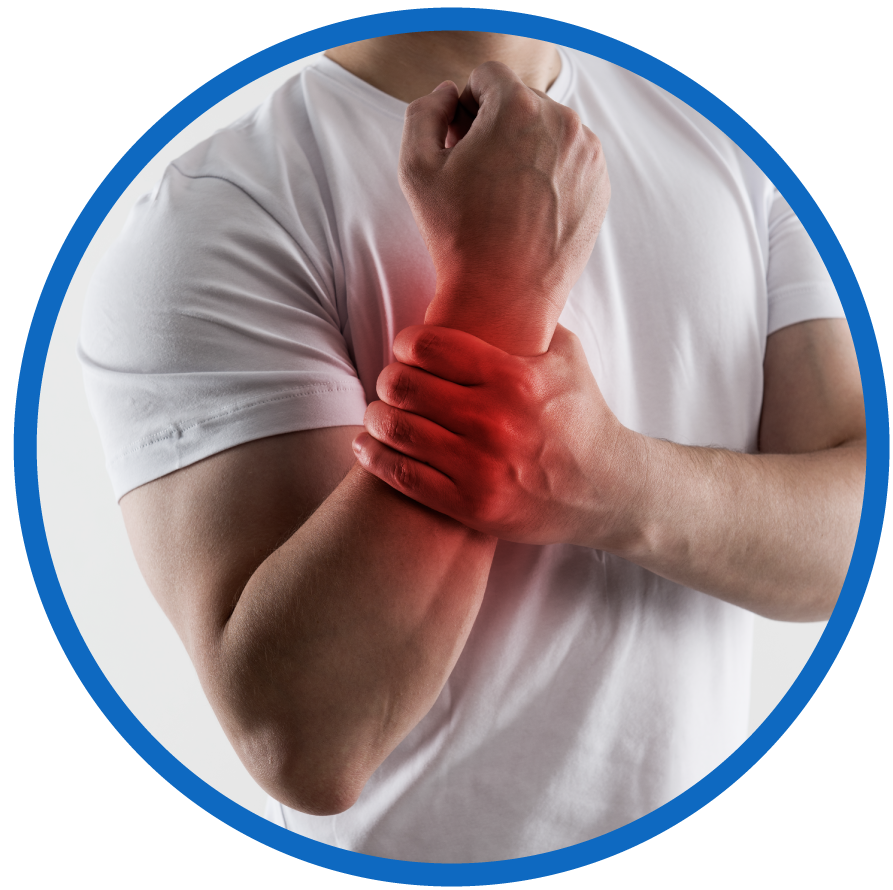
Joint discomfort
(e.g., knees, shoulders, hips)
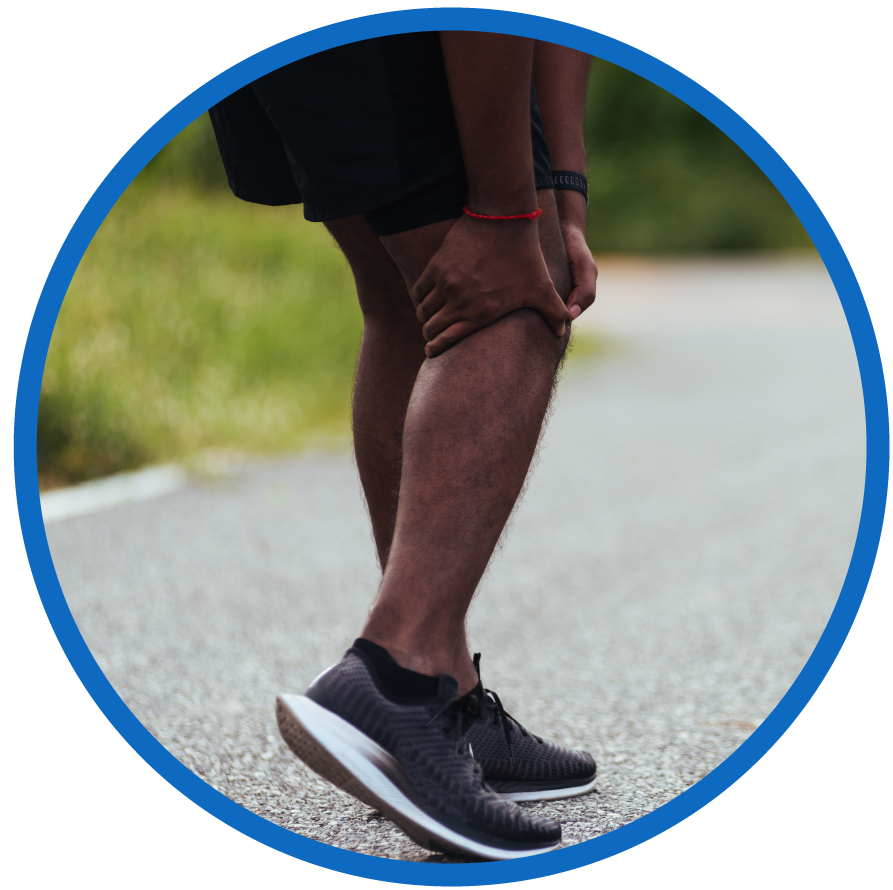
Soft tissue injuries
(e.g., ligaments, tendons)
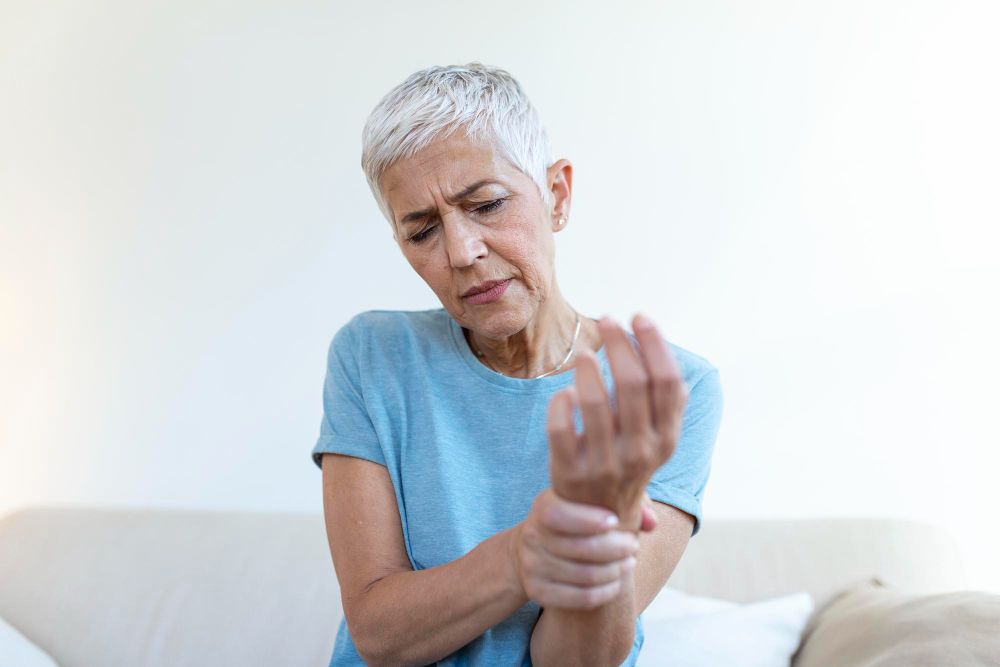
Degenerative musculoskeletal conditions
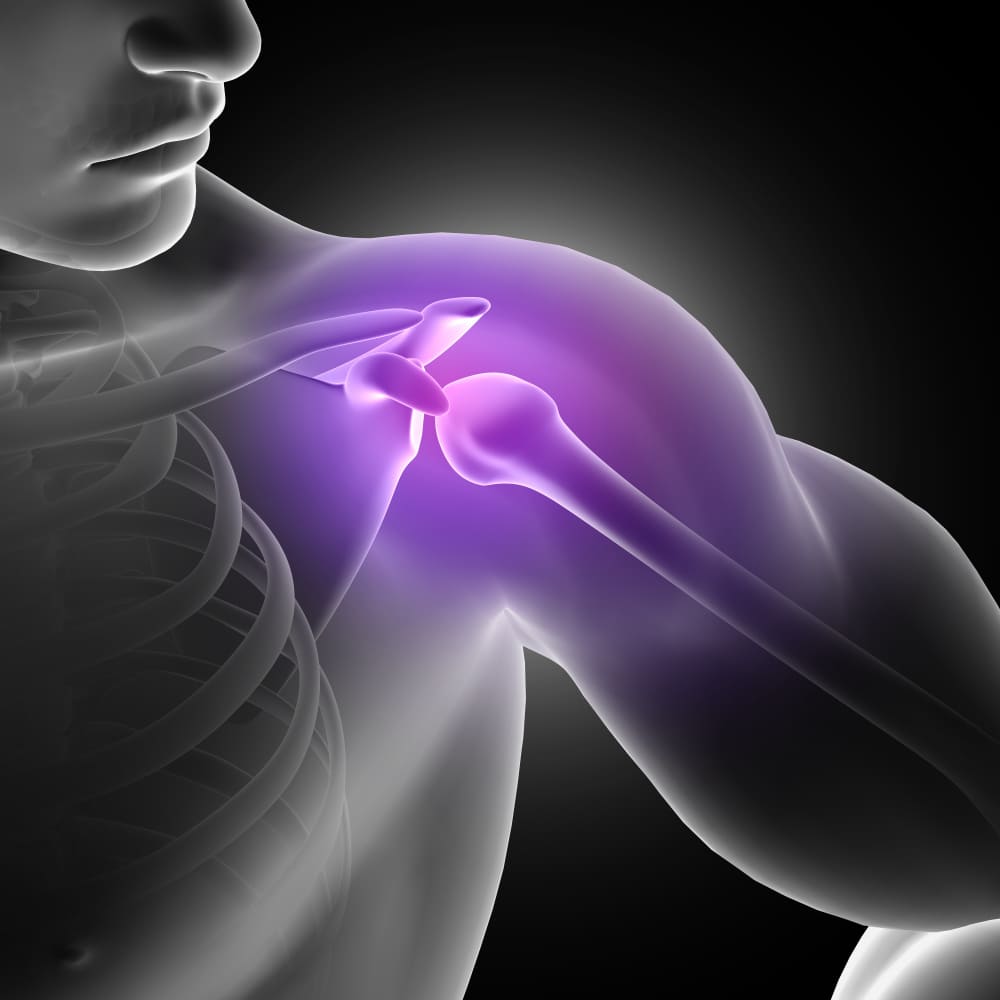
Inflammatory orthopedic concerns
Is SVF Therapy Right for Me?
SVF may be considered for patients seeking non-surgical options to support joint or soft tissue health. A comprehensive evaluation is required to determine if this approach fits within your care plan. SVF is not for everyone, and outcomes vary.
Frequently Asked Questions (FAQs)
Proven Results: Published Articles & Studies
Important Regulatory Disclaimer
Disclaimer: Stromal Vascular Fraction (SVF) therapy is offered at Tyrance Orthopedics & Sports Medicine in compliance with current FDA guidelines under 21 CFR Part 1271. SVF is derived from your own fat tissue and is processed without culture or expansion for homologous orthopedic use. This therapy is not FDA-approved to diagnose, treat, or cure any specific disease, and individual results may vary. It should be considered part of a broader orthopedic treatment plan determined by your physician.



